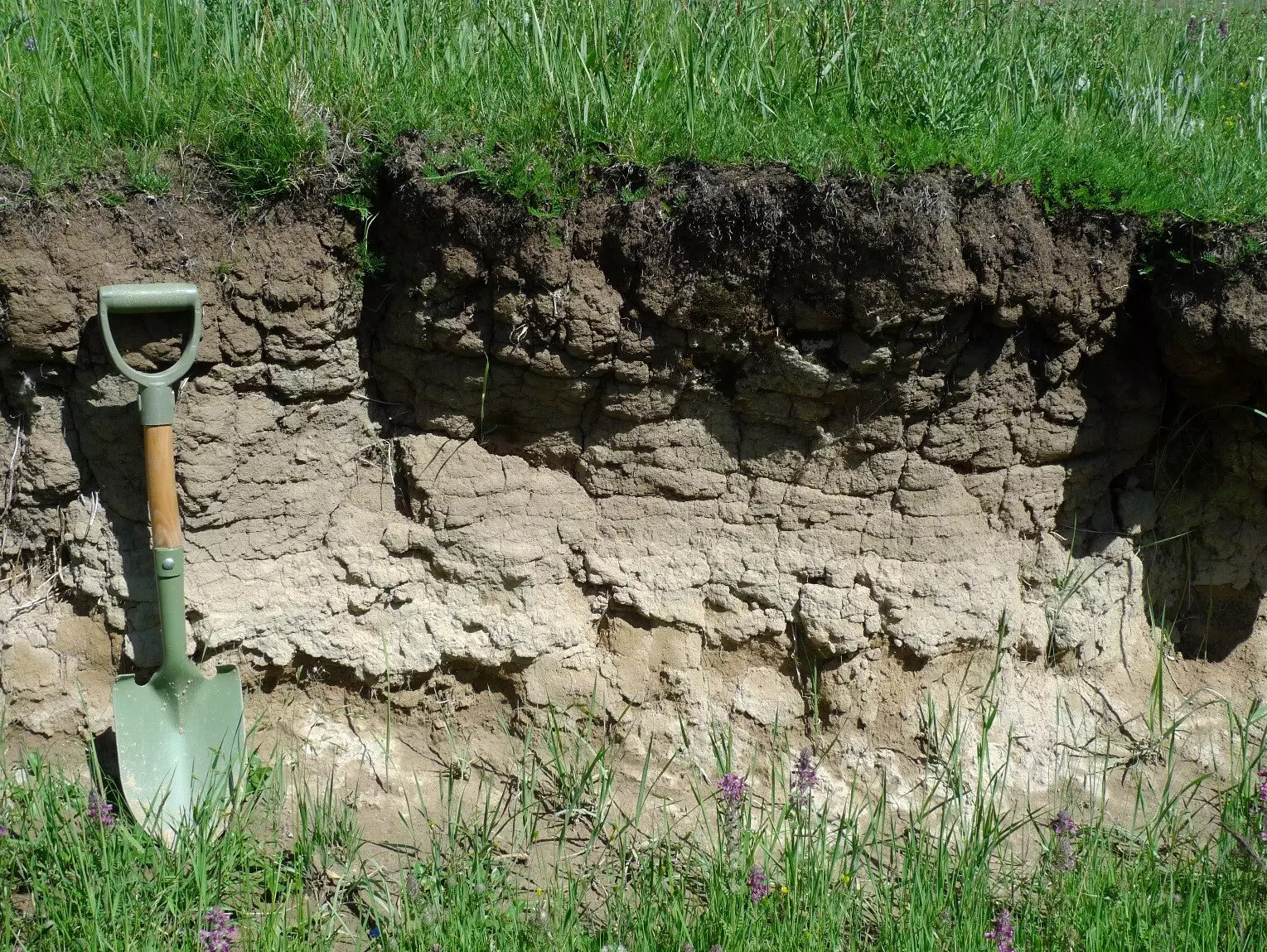Soil carbon is commonly associated with organic matter, known as soil organic carbon (SOC). However, the existence of soil inorganic carbon (SIC) is often overlooked. A recent study published in Science by researchers led by Prof. Huang Yuanyuan and Prof. Zhang Ganlin from the Chinese Academy of Sciences revealed a staggering amount of SIC stored in the top two meters of soil globally. With a massive 2,305 billion tons of carbon, SIC outweighs the carbon stored in all vegetation on Earth combined. This discovery challenges the traditional view of SIC as insignificant and sheds light on its importance in the global carbon cycle.
Despite its massive storage capacity, SIC is vulnerable to environmental changes, particularly soil acidification. Industrial activities and intensive agriculture in countries like China and India have accelerated soil acidification, putting this substantial carbon reservoir at risk. Prof. Huang warns that without intervention and improved soil management practices, the world may face disturbances to SIC within the next three decades. These disturbances could compromise soil health, disrupt ecosystem functions, and impede carbon sequestration efforts.
The researchers also found that approximately 1.13 billion tons of inorganic carbon are lost from soils to inland waters annually. This loss has significant yet often overlooked consequences for carbon transport between land, atmosphere, freshwater, and oceans. While efforts to combat climate change have focused on SOC, the study highlights the importance of giving equal attention to SIC. Incorporating inorganic carbon into climate mitigation strategies is crucial for enhancing carbon sequestration and promoting sustainable soil management practices.
The study emphasizes the urgency of including inorganic carbon in climate change mitigation strategies to maximize the effectiveness of carbon sequestration efforts. Initiatives such as the “4 per mille initiative,” which aims to increase SOC levels annually, should take into account the critical role of SIC in achieving soil health and climate mitigation goals. By expanding the understanding of soil carbon dynamics to encompass both organic and inorganic components, researchers aim to develop more robust strategies to preserve soil health, enhance ecosystem services, and mitigate the effects of climate change.


Leave a Reply